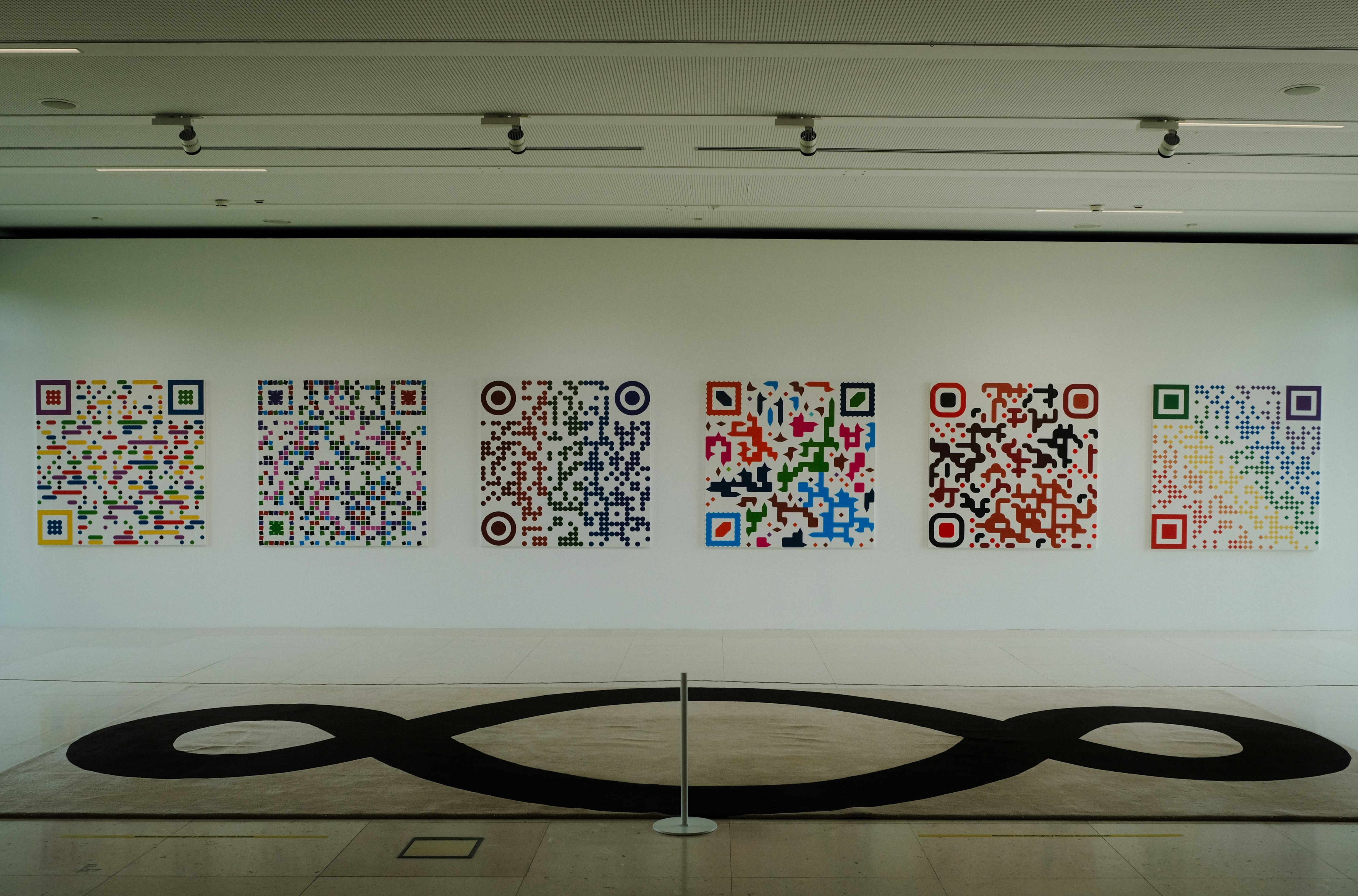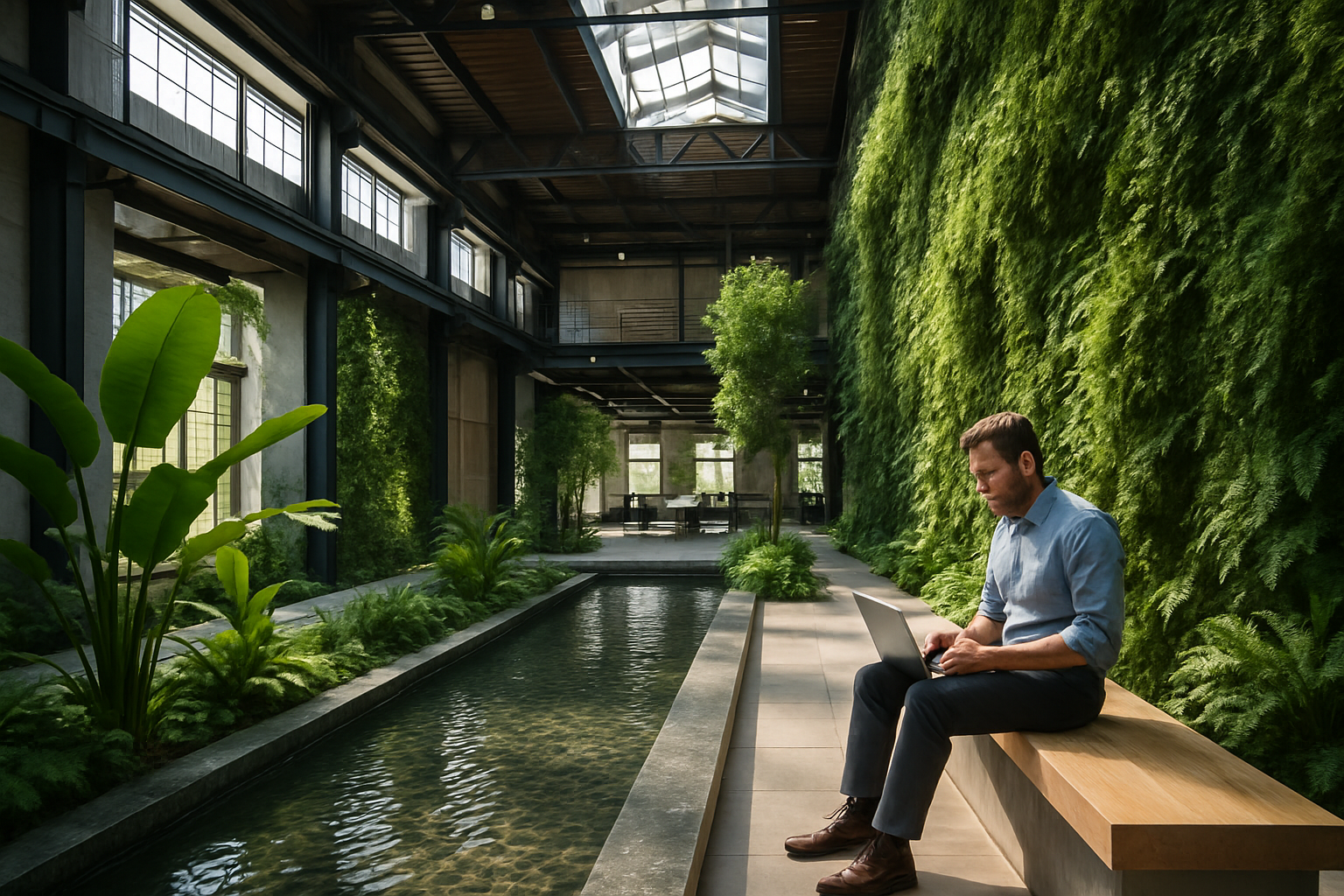Neon Renaissance: The Glowing Resurgence of Luminous Art
In the ever-evolving landscape of contemporary art, a dazzling trend is illuminating galleries, streets, and digital spaces alike. Neon art, once relegated to the realms of retro nostalgia and kitschy signage, is experiencing a vibrant rebirth. This luminous renaissance is captivating artists, collectors, and audiences worldwide, breathing new life into a medium that bridges the gap between traditional craftsmanship and cutting-edge technology.

From Kitsch to Contemporary
The 21st century has witnessed a dramatic shift in neon’s artistic status. No longer confined to retro aesthetics, neon has found its place in high-end galleries and museums. Contemporary artists are pushing the boundaries of the medium, creating intricate sculptures, immersive environments, and thought-provoking installations that challenge perceptions of light, space, and form.
The Science of Luminous Art
Behind the mesmerizing glow of neon artworks lies a fascinating blend of chemistry and physics. Neon gas, when electrified within glass tubes, produces its characteristic orange-red light. Artists and craftsmen manipulate various noble gases and phosphor coatings to achieve a spectrum of colors, from vibrant blues to soft pinks. This intersection of science and art adds a layer of technical complexity to neon creations, elevating them beyond mere visual spectacle.
Digital Age Meets Analog Glow
In an era dominated by digital media, neon art offers a refreshing tangibility. Its warm, analog glow provides a stark contrast to the cool light of LED screens, creating a sense of nostalgia and intimacy that resonates with modern audiences. Paradoxically, the rise of social media has amplified neon’s appeal, with its photogenic qualities making it a favorite subject for Instagram feeds and viral content.
Environmental Concerns and Sustainable Solutions
As the neon renaissance gains momentum, artists and gallerists are grappling with the environmental implications of the medium. Traditional neon tubes contain mercury, raising concerns about disposal and energy consumption. In response, eco-conscious artists are exploring alternatives such as LED neon-flex, which mimics the appearance of neon without the associated environmental risks. This shift towards sustainability is shaping the future of luminous art, ensuring its continued relevance in an increasingly eco-aware art world.
Cultural Impact and Global Reach
Neon art’s resurgence is not limited to Western galleries. Artists from diverse cultural backgrounds are incorporating neon into their practices, infusing it with local traditions and symbolism. In China, for example, artists are using neon to explore themes of rapid urbanization and cultural identity. This global adoption of neon as an artistic medium is fostering cross-cultural dialogues and expanding the language of contemporary art.
The Future Glows Bright
As we look to the future of neon art, the possibilities seem as limitless as the medium’s luminous glow. Emerging technologies like augmented reality are being integrated with physical neon installations, creating hybrid experiences that blur the lines between digital and analog realms. Neon art is also finding its way into public spaces, transforming urban landscapes and challenging the boundaries between fine art and public installation.
The neon renaissance represents more than just a trend in the art world. It symbolizes a collective desire for warmth, connection, and tangibility in an increasingly digital age. As artists continue to innovate and push the boundaries of this luminous medium, neon art stands poised to illuminate the path of contemporary artistic expression for years to come.





